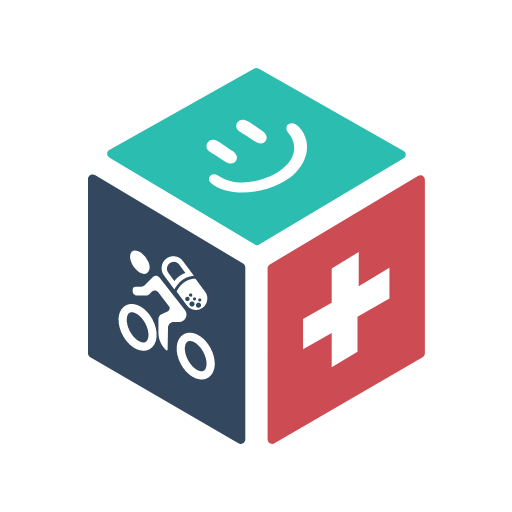ANLEPTIC CR
SQUARE PHARMACEUTICALS LTD.
Generic Information
CARBAMAZEPINE
Carbamazepine is indicated for- partial and secondary generalized tonic-clonic seizures Primary generalized tonic-clonic seizures Trigeminal neuralgia Prophylaxis of bipolar disorder
Primary anti-epileptic drugs
Carbamazepine depresses activity in the nucleus ventralis of the thalamus, reduces synaptic propagation of excitatory impulses or decreases summation of temporal stimulation leading to neural discharge by limiting influx of Na ions across cell membrane or other unknown mechanisms. It stimulates the release of antidiuretic hormone (ADH) and potentiates its action in promoting reabsorption of water.
Epilepsy: Adult: Initially, 100-200 mg once daily or bid, gradually increased by increments of up to 200 mg daily every wk. Maintenance: 0.8-1.2 gm daily in divided doses. Max: 2 gm daily. Child: 10-20 mg/kg daily in divided doses. Alternatively, <1 yr 100-200 mg daily. Max: 35 mg/kg daily; 1-5 yr 200-400 mg daily. Max: 35 mg/kg daily; >5-10 yr 400-600 mg daily. Max: 1 gm daily; >10-15 yr 0.6-1 gm daily. Max: 1 gm daily. Prophylaxis of bipolar disorder: Adult: Initially, 400 mg daily in divided doses, increased gradually as necessary. Maintenance: 400-600 mg daily in divided doses. Max: 1.6 gm daily. Trigeminal neuralgia: Adult: Initially, 100-200 mg bid, increased gradually as needed. Maintenance: 400-800 mg daily in divided doses. Max: 1.2 gm daily.
Galactorrhoea has been reported in few women on oral contraceptives within the first two months of Carbamazepine treatment Hepatic enzyme inducers such as Carbamazepine and Phenytoin may interact with Carbamazepine by increasing its metabolism. So an increase in dosage of Carbamazepine may be required.
This medicine should not be used if anybody is allergic to one or any of its ingredients. It can not be used also in the following conditions: Problems with the electrical message pathways in the heart (atrioventricular block) History of decreased blood cell production by the bone marrow (bone marrow depression) Hereditary blood disorders called porphyrias Allergy to tricyclic antidepressants People who have taken a monoamine-oxidase inhibitor antidepressant (MAOI) in the last 14 days
Common side effects are dizziness, drowsiness, ataxia, dry mouth, abdominal pain, nausea, vomiting, anorexia, leucopenia, proteinuria, bradycardia, heart failure and hypotension. Erythematous skin rash, aplastic anemia may also be observed. The most severe adverse reactions have been observed in the hemopoietic system, the skin and the cardiovascular system.The most frequently observed adverse reactions, particularly during the initial phases of therapy, are dizziness, drowsiness, unsteadiness, nausea, and vomiting.This medicine may cause increased sensitivity to the sun. Exposure to the sun, sunlamps, or tanning booths should be avoided if the increased sensitivity is seen. A sunscreen or protective clothing may be helpful at outside for a prolonged period.
Pregnancy category D. Carbamazepine and its epoxide metabolite are transferred to breast milk. Because of the potential serious side effects, decision should me made whether to discontinue nursing or discontinue the drug.
Symptoms: Dizziness, ataxia, drowsiness, stupor, nausea, vomiting, opisthotonos, restlessness, agitation, disorientation, tremor, involuntary movements, adiadochokinesis, abnormal reflexes (hypoactive or hyperactive), mydriasis, nystagmus, flushing, cyanosis, urinary retention. Hypotension or HTN may develop. Coma may follow. Management: Induce emesis or employ gastric lavage. General supportive treatment.
Carbamazepine should be used with caution in cardiovascular disease, hepatic or renal disorders, changing treatment from Carbamazepine to another antiepileptic drug, haematological disorder, glaucoma etc.
Store at a cool & dry place, protected from light. Keep all medicines out of the reach of the children
